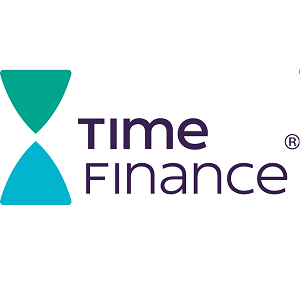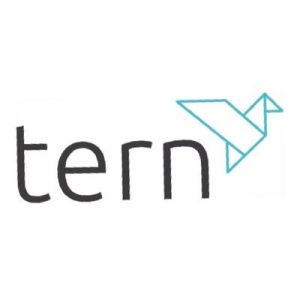The Internet of Things (IoT) is revolutionising the way we access and utilise information by enabling real-time data to enhance efficiencies, support innovative business models, and deliver actionable insights. However, the success of IoT hinges on the seamless connectivity and data exchange between IoT devices, edge devices, and the cloud.
While the IoT thrives in areas with robust cellular networks and high-speed broadband, it faces significant challenges in regions with limited connectivity. Many promising IoT applications are located in areas where cellular service is inconsistent, broadband is unavailable, and Wi-Fi coverage is insufficient. This issue is particularly pertinent for logistics operations that span vast, changing areas, agricultural applications in rural regions, and energy monitoring in offshore and remote installations.
Low Power Wide Area Network (LPWAN) solutions like LoRa and SigFox are often proposed as connectivity solutions for rural or remote areas. However, their coverage is typically limited to 10 to 15 kilometres, which may fall short for extensive or remote IoT applications. Satellite networks emerge as a viable solution to address these connectivity challenges.
Satellite connectivity leverages Low Earth Orbit (LEO) satellites, which orbit between 200 and 2,000 kilometres above the earth. Over 2,068 “nano” satellites, many as small as a shoebox, orbit the earth as of August 2022. These satellites are relatively inexpensive to produce, launch, and maintain. Although LEO satellites have a narrower communication field compared to geostationary satellites, their rapid orbit means a satellite will pass over a given spot on earth at least once daily. For more frequent data collection, a constellation of LEO satellites is used.
To utilise satellite connectivity, IoT devices must be equipped with satellite communication terminals, enabling direct connection to orbiting satellites without relying on terrestrial infrastructure. Data from the IoT devices is processed, packaged, and transmitted using selected frequencies and protocols, such as the MQTT IoT messaging protocol. The satellite receives the data and relays it to ground stations, from where it is delivered via terrestrial networks to local or cloud storage for analysis. Billing is based on the volume of data packages sent or received.
For businesses needing to collect data from areas with poor broadband or cellular coverage, satellite connectivity offers an effective solution. It can provide comprehensive global coverage for IoT applications or serve to fill in gaps where terrestrial networks fall short. Additionally, satellite connectivity can build redundancy into IoT solutions, ensuring continuous real-time connection is maintained.
While IoT promises significant advancements, its success depends on robust connectivity solutions. Satellite networks provide a critical link in ensuring that IoT applications can function effectively, even in the most challenging environments.
Tern plc (LON:TERN) backs exciting, high growth IoT innovators in Europe. They provide support and create a genuinely collaborative environment for talented, well-motivated teams.

















